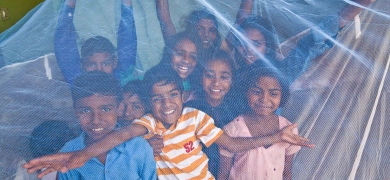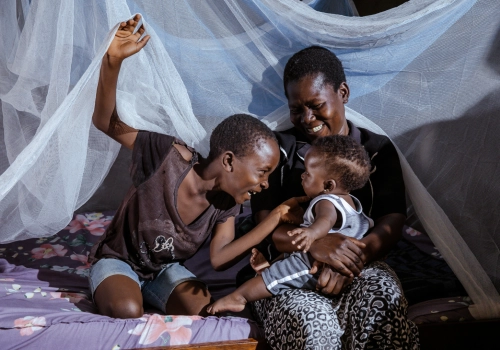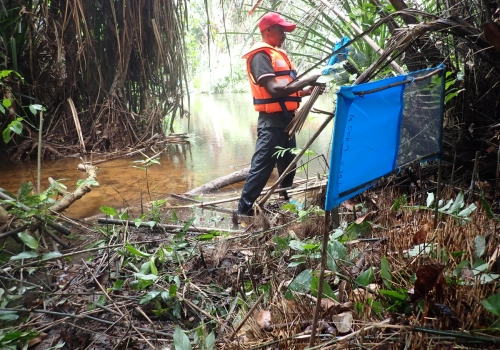Global health
Tackling vector-borne diseases needs diverse partners and tools tailored to each setting


Malaria
A preventable disease transmitted by Anopheles mosquitoes, malaria remains one of the leading causes of illness and death in sub-Saharan Africa. Long-lasting insecticide-treated mosquito nets are the foundation of malaria control.

Sleeping sickness (human African trypanosomiasis)
Caused by parasites and spread by the tsetse fly, sleeping sickness is fatal if untreated. Innovative vector control has proven an essential tool to reduce transmission and bring elimination within reach.